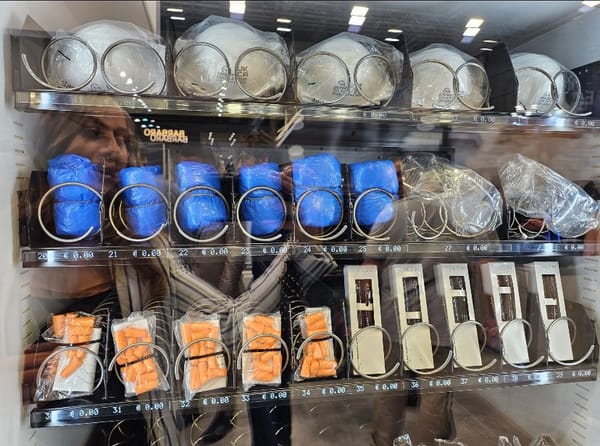Economic Diversification Strategies in the Caucasus

The Caucasus region, nestled between Europe and Asia, is home to a diverse array of economies that have historically relied on traditional sectors such as agriculture, mining, and energy. However, in recent years, governments in the Caucasus have been actively pursuing economic diversification strategies to reduce dependence on volatile commodity markets, promote sustainable growth, and create new opportunities for development. This article explores the economic diversification strategies being implemented in the Caucasus, highlighting government initiatives, examples of successful diversification projects, and current finance trends shaping the region's economic landscape.
Government Initiatives
Governments in the Caucasus have launched various initiatives to promote economic diversification and stimulate growth in non-traditional sectors. For example, Azerbaijan's government has implemented the State Program on Socio-Economic Development of the Regions, which aims to reduce regional disparities, foster entrepreneurship, and attract investment in sectors such as tourism, information technology, and agriculture. The program includes measures to improve infrastructure, provide financial incentives for businesses, and support innovation and technology transfer.
Examples of Successful Diversification Projects
In recent years, the Caucasus has seen the emergence of successful diversification projects that have contributed to economic growth and development in the region. One notable example is the Baku-Tbilisi-Kars (BTK) railway project, which connects Azerbaijan, Georgia, and Turkey, providing a new transportation corridor for goods and passengers between Europe and Asia. The BTK railway, inaugurated in 2017, has reduced transportation costs, increased trade volumes, and promoted regional integration, driving economic diversification and development along its route.
Another example is the development of the technology sector in Armenia, often referred to as the "Silicon Valley of the Caucasus." With a strong tradition of science and engineering, Armenia has leveraged its human capital and diaspora networks to build a thriving tech ecosystem. Companies like PicsArt, a popular photo and video editing app, and ServiceTitan, a leading provider of software for home service businesses, have emerged as success stories in Armenia's tech sector, attracting investment and talent from around the world. With support from government initiatives such as the Armenia Development Strategy for 2014-2025, which prioritizes innovation and technology as key drivers of economic growth, Armenia is positioning itself as a hub for technology and entrepreneurship in the Caucasus.
Current Finance Trends
In the current finance landscape, several trends are shaping economic diversification efforts in the Caucasus. Companies like European Bank for Reconstruction and Development (EBRD) and International Finance Corporation (IFC) have provided financing and technical assistance for projects that promote diversification and innovation in the region. The EBRD, for example, has invested in renewable energy projects in countries like Georgia and Azerbaijan, supporting the transition to clean energy and reducing reliance on fossil fuels. Similarly, the IFC has partnered with local businesses and governments in the Caucasus to promote entrepreneurship, improve access to finance, and enhance competitiveness in sectors such as agriculture, tourism, and manufacturing.
Moreover, the COVID-19 pandemic has accelerated digital transformation and innovation in the Caucasus, creating new opportunities for economic diversification. Companies like Amazon Web Services (AWS) and Microsoft Azure have expanded their presence in the region, providing cloud computing services and digital solutions to businesses and governments. AWS, a subsidiary of Amazon, offers a wide range of cloud-based services, including computing power, storage, and artificial intelligence, enabling organizations in the Caucasus to innovate and scale their operations more efficiently. Microsoft Azure, a cloud computing platform by Microsoft, provides similar services, supporting digital transformation and economic diversification initiatives in the region.
Conclusion
In conclusion, economic diversification strategies in the Caucasus are gaining momentum, driven by government initiatives, private sector engagement, and international cooperation. By investing in infrastructure, promoting innovation, and fostering entrepreneurship in non-traditional sectors, governments in the Caucasus can reduce economic vulnerabilities, create new opportunities for development, and build more resilient and inclusive economies. With continued support from policymakers, investors, and industry stakeholders, the Caucasus can unlock its full potential and achieve sustainable growth and prosperity for all its citizens.




